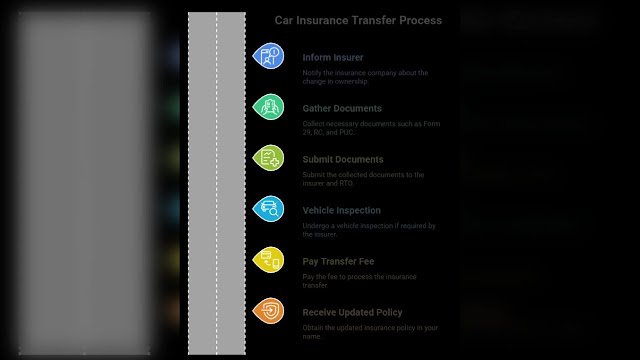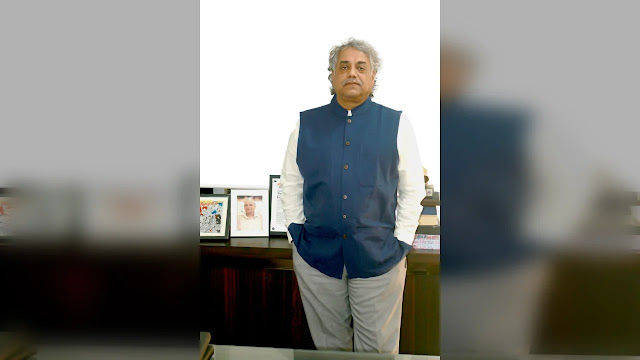India’s second-hand car
market is booming. In 2024 alone, over 54 lakh used cars were sold—outpacing
new car sales, which stood at 4.1 million. Several factors are driving this
trend: the widening price gap between new and used vehicles, stricter emission norms
pushing up prices of new models, and the rise of organised platforms that make
the resale process easier and more transparent.
However, amid the
excitement of choosing the right model and finalising the paperwork, one
important step is often overlooked—transferring the insurance policy.
Why Insurance Transfer
Is Non-Negotiable
Under the Motor Vehicles
Act, it is mandatory that car ownership must be transferred to the new owner
within 14 days of purchase. While the Act doesn’t explicitly penalise delays in
updating the insurance, failing to transfer the policy can lead to own damage
(OD) claim rejections because of mismatched ownership. This leaves the new
owner financially vulnerable in the event of an accident.
“An untransferred
insurance policy puts both the buyer and seller at risk. When making a claim,
mismatched ownership details can effectively render the insurance void, as if
there were no coverage at all.” – Mallikarjun Mallannavar, Chief Claims
Officer at Royal Sundaram
The Step-by-Step Transfer
Process
Transferring car
insurance is simpler than it sounds—and it’s one of the most important steps
after buying or selling a car. Here’s how you can do it:
Step 1: Inform the
insurer
Notify the insurance
company about the change in ownership as soon as the sale is complete.
Step 2: Gather the
required documents
You will need the
following documents:
- Form 29 and Form 30 (available from the RTO)
- Vehicle’s Registration Certificate (RC)
- Pollution Under Control (PUC) certificate
- Existing insurance policy documents
- No Objection Certificate (if the vehicle was financed)
Step 3: Submit the documents
Submit these documents to both the insurer and the
Regional Transport Office (RTO).
Step 4: Vehicle inspection
Depending on the insurer, a quick vehicle inspection
may be required.
Step 5: Pay the transfer fee
A small fee is charged to process the insurance
transfer.
Step 6: Receive the updated policy
Once approved, the insurer will issue an updated
policy in your name as the new policyholder.
What Happens If You
Skip It?
Apart from legal
penalties, you may find yourself without insurance cover in case of an
accident. Third-party claims, although mandatory, may be delayed if policy
details don’t match the ownership. The previous owner could also be dragged
into legal complications if the car causes damage or injury after the sale.
“Failing to transfer
the insurance can land the previous owner in legal trouble if the car is
involved in an accident,” says – Mallikarjun Mallannavar, Chief Claims
Officer at Royal Sundaram. “That’s why transferring the policy isn’t just a
formality—it’s a crucial legal safeguard.”
Final Thoughts
As more Indians opt for
pre-owned vehicles, understanding the legal and financial implications of car
insurance is crucial. Insurance transfer
is not just paperwork—it’s a vital step to ensure continued protection. Whether
you’re buying or selling, make sure the insurance is updated promptly to avoid
complications later.

.jpeg)









